I'm not entirely certain of this, but given who advanced this 1000BASE-TX standard, namely TIA (aka the cable people, the standard being TIA-854) and not IEEE, I have the strong impression that it was largely a promotional exercise for Cat 6... a standard which is also defined by TIA. This impression was reinforced by reading how this standard was described as one of the first Cat 6 applications. I wasn't able to locate any vendor who made a PHY product for this 1000BASE-TX... although I've read in vague terms that something might have existed.
In other words, it seems stuff went like:
TIA: hey PHY makers, we've made this standard for a faster cable and here's a PHY spec for making your Ethernet life easier using it: cuts the number of your transmitters and receivers in half (but each needs to be twice as fast).
PHY vendors: crunch some numbers on potential sales of PHY for cables probably twice as expensive [back then] but giving the customer the same link speed and shrug at the potential sales. Don't invest in any R&D for this "golden opportunity".
In order for a PHY [standard] to have success, it needs commercial backing... from a PHY maker (not cable guys) In this case it seems none was really there.
It's worth noting that 100BASE-T4 vs 100BASE-TX wasn't entirely the same affair. At least there the latter had a bonus in terms of full-duplex operation. Also 100BASE-TX was actually part of IEEE802.3.
Even today (ok Dec 2014):
For budgeting purposes, and for the sake of this discussion, plan on Cat 6 costing roughly 30% more then cat 5e, and Cat 6A 30% more than Cat 6.
But at least nowadays the latter lets you run 10GBASE-T... up to 37m-55m on Cat 6 (exact max depends on nearby cables) and the usual 100m on Cat 6A. 10GBASE-T also uses all four pairs. There's not even a whiff of a "10GBASE-TX", by the way. Apparently those who design these PHY things concluded that more parallelism is preferable to faster clock... after a certain threshold. This is perhaps not unlike what happened with CPUs.
Also, this 2006 Broadcom presentation [on 10GBASE development] doesn't even mention the [2002 or so] 1000BASE-TX so the latter was probably a complete flop from the start.

Also from later slides of the same presentation, work on 10GBASE-T started in late 2002... so I think the IEEE efforts/focus went into that instead (rather than more gigE copper standards that apparently were not exciting for chip makers).
Oh yeah, the final nail[s] in the coffin are:
- incompatible with 1000BASE-T; 1000BASE-TX proposed to use TBI (8b/10b) encoding (same as GigE over fiber), whereas 1000BASE-T uses 4D-PAM5. So basically not inter-operable in any way at switch level without a dual PHY. I guess nobody wanted to make that.
- Probably incompatible with 100BASE-TX as well. Or at least there's no obvious provision for any sort of compatibility. 4D-PAM5 basically has a mode that uses only 3 voltage levels when it's not transmitting data (instead of 5 when it is), so that it can be compatible with MLT-3 used by 100BASE-TX. I don't see any effort in that direction in the 1000BASE-TX spec.
These are just my [semi-]educated guess[es].
